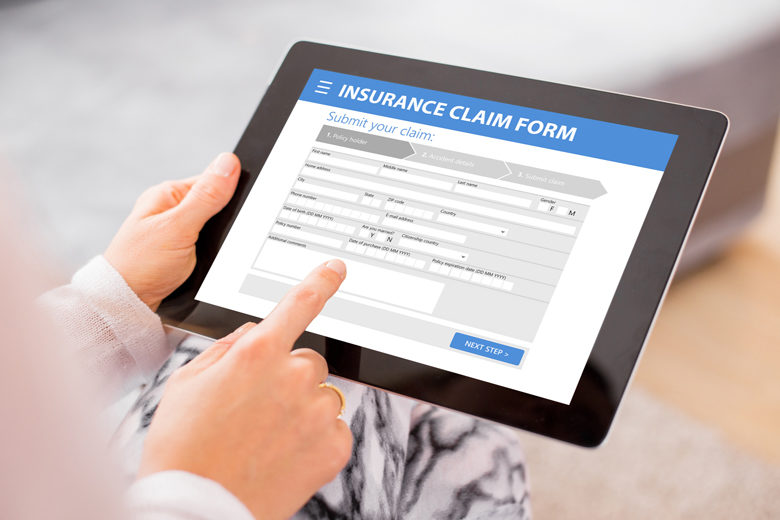
A common question among new (and seasoned) RDNs who own their private practice is, “Should I accept insurance?” In this first of three posts, we’ll look at the pros and cons when it comes to accepting insurance. Should you determine that accepting insurance is right for your practice, we’ll walk through the necessary steps to getting set up with accepting insurance in later posts.
The Pros Outweigh the Cons!
If you’re starting up a private practice or if you’ve been debating whether or not to accept insurance, don’t let the big “I” word intimidate you. There are several reasons why business-savvy RDNs accept insurance.
In the past, accepting health insurance was a question of, “Is this worth my time and effort?” This was because reimbursement was limited and there is a time investment upfront to get credentialed and contracted with different health plans. And let’s not forget about the time you’d need to spend performing client eligibility estimates and submitting claims to get reimbursed!
As of just a few years ago, however, nutritional counseling became more widely covered by many insurance plans. RDNs can be reimbursed by insurance for more nutrition-related diagnoses than before. ![]() The areas that have been traditionally covered, such as diabetes and kidney disease, have also seen improvements. With many plans, patients with certain conditions are getting unlimited visits that are fully covered for nutritional counseling.
The areas that have been traditionally covered, such as diabetes and kidney disease, have also seen improvements. With many plans, patients with certain conditions are getting unlimited visits that are fully covered for nutritional counseling.
Once you’re set up with various insurance companies, you’ll likely grow your practice faster than you were doing before. You may even be able to ditch your “day job” or a side gig that you’ve been hanging on to, as you move toward sustaining your full-time practice. How exciting is that?
Being a provider with a variety of insurance companies increases the number of patients you can see, often at no cost to the patients. Once you’re contracted with insurance companies, your door will be open to clients who may not have been able to see you otherwise, and many of your new clients will find you based on you being a healthcare provider within their plan.
If you’re curious about what reimbursement from insurance companies will look like, many RDNs find that the reimbursement levels are competitive with what they were charging self-pay clients.
Set Up Your Business to Accept Insurance
So, you’ve decided to take the necessary steps to set up your business and get credentialed and contracted with insurance companies. Before you start the process to become an in-network provider, make sure you:
- Pick a type for your business if it’s in the early stages of forming: Sole proprietorship? LLC? I suggest contacting an attorney to learn the best structure for you.
- Get an Employer Identification Number (EIN), liability insurance and a license (if your state requires it).
- You’ll also need a National Provider Identifier (NPI) to hit the ground running. This is a HIPAA-protected way to identify you as a provider when filing claims and working with insurance companies. Sign up for a personal or organizational NPI from the NPPES site.
If you’re feeling as though this process may be daunting, good news! There are companies that help RDNs navigate the process of becoming a provider. The Academy also seeks to empower RDNs to expand coverage and receive competitive reimbursement for quality nutrition services. Visit its payment section for more information and resources.
In my next post, we’ll cover credentialing and contracting. But don’t delay — get a jump start on the insurance process today!




